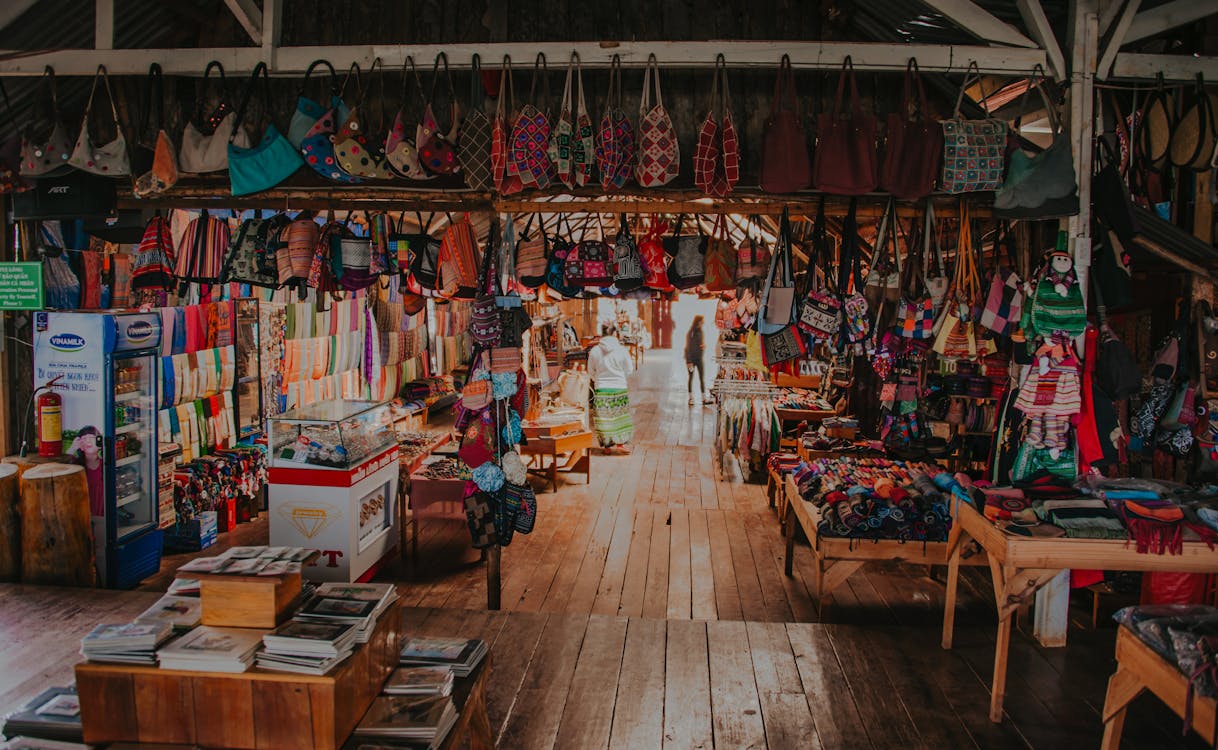
Economic Goods
Economic goods are tangible or intangible items that have value and are exchanged in a market economy. They are limited in supply and have a price, which is determined by the forces of supply and demand. Economic goods are produced and consumed to satisfy human wants and needs.
Examples of Economic Goods
Questions for flashcards
What are economic goods?
Answer: Tangible or intangible items that have value and are exchanged in a market economy.
Give an example of an economic good.
Answer: Food, clothing, housing, services, and technology.
What determines the price of economic goods?
Answer: The forces of supply and demand.
Name an intangible economic good.
Answer: Services, such as healthcare or education.
Why are economic goods produced and consumed?
Answer: To satisfy human wants and needs.
Non-economic Goods
Non-economic goods, also known as free goods, are items that are abundant in supply and have no price. They are not produced or exchanged in a market economy because they are not scarce and do not have any economic value. Non-economic goods are freely available and do not require any effort or sacrifice to obtain.
Examples of Non-economic Goods
Questions for flashcards
What are non-economic goods?
Answer: Items that are abundant in supply and have no price.
Give an example of a non-economic good.
Answer: Air, sunshine, ocean water, rain, and gravity.
Why are non-economic goods not produced or exchanged in a market economy?
Answer: They are not scarce and do not have any economic value.
Name a natural resource that is a non-economic good.
Answer: Air.
Why are non-economic goods freely available?
Answer: Because they are abundant and do not require any effort or sacrifice to obtain.
Converting Non-Economic Goods to Economic Goods
Non-economic goods can be converted into economic goods when they become scarce or when they are used in production to create a new product that has economic value. Here are some ways in which non-economic goods can be converted into economic goods:
Enclosure: Non-economic resources such as land or forests can be enclosed and used for production. For example, land that was previously used for grazing can be fenced off and used for agriculture.
Extraction: Non-economic resources such as minerals or oil can be extracted and sold as commodities. For example, oil that was previously trapped underground can be extracted and sold on the market.
Production: Non-economic resources such as sunlight or wind can be used to produce electricity, which can be sold as a commodity. For example, solar panels can convert sunlight into electricity, which can be sold on the market.
Collection: Non-economic resources such as wild berries or mushrooms can be collected and sold as a commodity. For example, wild mushrooms that were previously gathered for personal consumption can be sold to restaurants.
Questions for flashcards
What is the process of converting non-economic goods to economic goods?
Answer: The process of converting non-economic goods to economic goods involves making them scarce or using them in production to create a new product that has economic value.
What is enclosure?
Answer: Enclosure is the process of enclosing non-economic resources such as land or forests and using them for production.
Give an example of extraction.
Answer: Extracting minerals or oil from the ground and selling them as commodities.
What is production?
Answer: Production is the process of using non-economic resources such as sunlight or wind to produce a new product that has economic value, such as electricity.
What is collection?
Answer: Collection is the process of gathering non-economic resources such as wild berries or mushrooms and selling them as a commodity.


0 Comments